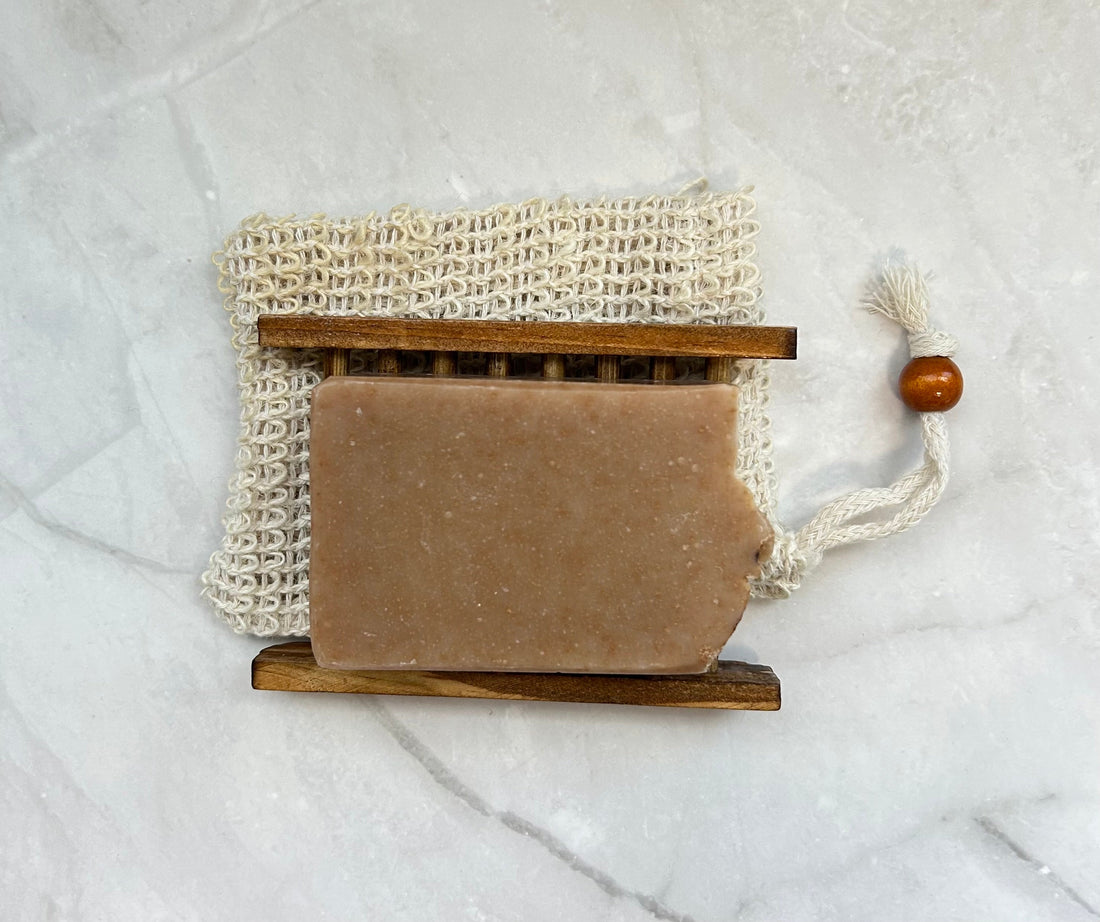
Why Is Lye Essential For Making Soap?
When people learn that lye is a key ingredient in soap making, their first reaction is often surprise or concern. Isn’t lye a caustic substance? How can something so harsh produce gentle, skin-nourishing soap? These are valid questions, and the answers lie in understanding the fascinating science of saponification and the soap curing process.
What Is Saponification?
Saponification is the chemical reaction that occurs when oils or fats come into contact with an alkali, such as lye (sodium hydroxide). This reaction transforms the oils and lye into soap and glycerin, a natural moisturizer. Simply put, without lye, saponification cannot occur, and no soap can be made.
During the saponification process, the lye is completely neutralized, meaning there is no remaining lye in the finished soap. The result is a product that is safe, effective, and nourishing for the skin. This is why handmade soap, crafted through the cold process method, often feels luxurious and moisturizing compared to mass-produced soaps.
Why Lye Is Necessary in Cold Process Soap
It might seem counterintuitive to use lye to create a product meant to cleanse and nurture the skin, but it’s all about the transformation. Lye acts as a catalyst, breaking down the fatty acids in oils and combining with them to form soap molecules. Without this chemical reaction, you’d simply have a mixture of oils and water, which wouldn’t clean effectively.
Rest assured, when properly measured and mixed, all the lye is used up in the reaction, leaving behind no traces in the final bars of soap. This is why soap makers use precise recipes, carefully calculating the exact amount of lye needed for the oils used.
Why Cold Process Soap Needs to Cure
Once the soap has been poured into molds and has undergone the initial saponification process (which typically takes 24 to 48 hours), it’s technically soap but not quite ready for use. Handmade cold process soaps need to cure for 4 to 6 weeks. Here’s why:
- Moisture Reduction - Freshly made soap contains a significant amount of water, used to dissolve the lye and mix with the oils. During the curing period, this water evaporates, resulting in a harder, longer-lasting bar of soap.
- Improved Mildness - While the bulk of saponification occurs in the first 48 hours, the process continues at a slower rate over the curing period. Allowing the soap to cure ensures that it is gentle and safe for the skin.
- Enhanced Quality - A fully cured soap bar will lather better, feel creamier, and last longer than one that hasn’t had time to cure properly. This step is essential to deliver the high-quality soap that customers expect.
The Beauty of Cold Process Handmade Soap
The saponification process is what makes soap, well, soap! And the curing process is what makes it the luxurious, long-lasting bar you’ll love to use. By respecting these natural processes, I ensure that every bar of vegan cold process soap I produce is safe, effective, and crafted with care.
So, the next time you lather up, take a moment to appreciate the chemistry and craftsmanship that goes into each bar. It’s a blend of science, art, and patience—and it all starts with lye.